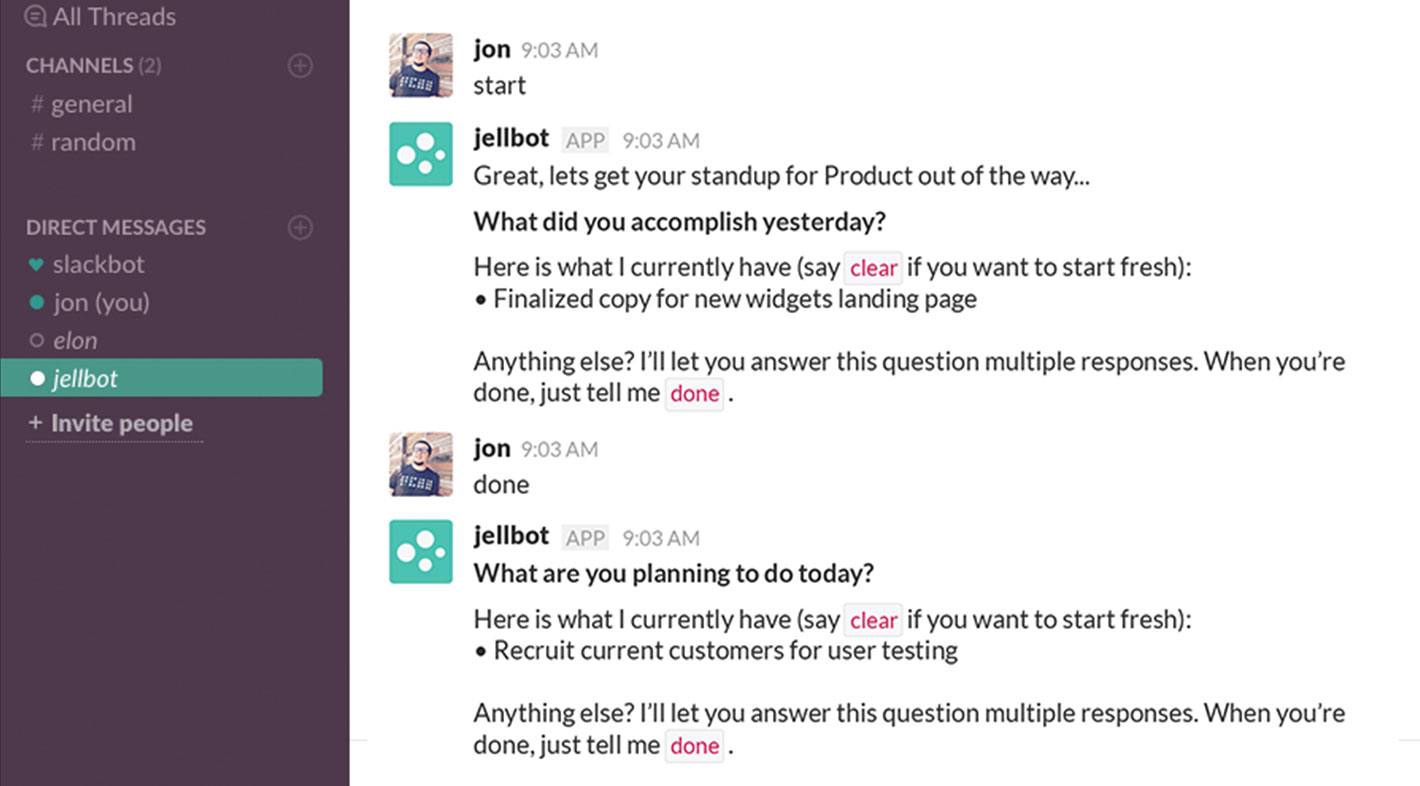The work world has been evolving and continues to change. Both due to and despite the pandemic, an increasing number of companies are switching to remote work. In fact, about 16% of companies worldwide are completely remote. This trend, along with the growth of companies that were always remote, means more and more managers face new challenges in managing remote teams.Take a look at some of these challenges along with tips and tricks to diminish and manage them, so you can be the best remote manager you can be.
 You may or may not face challenges when managing remote teams. Either way, it’s so important to understand the underlying things that make remote work particularly demanding or challenging. Otherwise, you’ll face consequences like the decline of your most productive team members’ engagement and performance as they work remotely without proper guidance and training.Common elements contributing to the difficulties of remote teams include:
You may or may not face challenges when managing remote teams. Either way, it’s so important to understand the underlying things that make remote work particularly demanding or challenging. Otherwise, you’ll face consequences like the decline of your most productive team members’ engagement and performance as they work remotely without proper guidance and training.Common elements contributing to the difficulties of remote teams include:
 Even though you’re not seeing your team members face-to-face, you can still acknowledge and celebrate milestones reached, goals achieved, and successful outcomes. Big or small, sometimes team members need that recognition, validation, and encouragement from their peers to thrive and stay motivated for the next project.There are many ways to do this. Maybe you’re sending out gift cards for each person to order food and show up on a video lunch together. Or, record videos that celebrate team member’s contributions and achievements – which is much more personal and impactful than an email or Slack message.
Even though you’re not seeing your team members face-to-face, you can still acknowledge and celebrate milestones reached, goals achieved, and successful outcomes. Big or small, sometimes team members need that recognition, validation, and encouragement from their peers to thrive and stay motivated for the next project.There are many ways to do this. Maybe you’re sending out gift cards for each person to order food and show up on a video lunch together. Or, record videos that celebrate team member’s contributions and achievements – which is much more personal and impactful than an email or Slack message.
Easily Manage Remote Teams
Get started with Jell.
14-day free trial. No credit card required.
Your Role in Managing Remote Teams
Your tasks as a manager would likely be similar whether you work in an office or from a remote location. But, your role and who you are to your remote team would probably look a little different. That’s because there are inherent duties or responsibilities that your team, peers and leaders might expect and, consciously or not, turn to you for.Communicate, communicate, communicate
One of these things includes maintaining regular communication with your team so they can stay engaged and connected. This could be as simple as a quick message over chat. But, also think about:- Sharing quick wins.
- Starting a chat channel just for fun, maybe to share weekend stories or photos.
- Encouraging team members to schedule 15-minute coffee chats with each other.
Address productivity with the right tools
If you’ve been noticing shifts in productivity or time management problems across your team, it’s up to you to find ways to address these issues. There are so many apps out there to help with remote team connectedness and management. For example, you can optimize standup and check-in meetings using a tool like Jell.Challenges of Managing Remote Teams
 You may or may not face challenges when managing remote teams. Either way, it’s so important to understand the underlying things that make remote work particularly demanding or challenging. Otherwise, you’ll face consequences like the decline of your most productive team members’ engagement and performance as they work remotely without proper guidance and training.Common elements contributing to the difficulties of remote teams include:
You may or may not face challenges when managing remote teams. Either way, it’s so important to understand the underlying things that make remote work particularly demanding or challenging. Otherwise, you’ll face consequences like the decline of your most productive team members’ engagement and performance as they work remotely without proper guidance and training.Common elements contributing to the difficulties of remote teams include:- Issues with meeting frequency, structure, format, content, and/or length.
- Decreased productivity.
- Unclear, undefined, or incomplete goals.
- Poor or inconsistent communication.
- Lack of personal connection.
- Feelings of distrust or uncertainty in others’ performance or output.
Tips to Address Challenges with Managing Remote Teams
1. Use daily standup meetings or check-ins to your advantage

Standup meetings
You might be used to 30 or 60 minute-meetings once or twice weekly at the office, or some other set schedule. But, sometimes that same meeting structure, frequency and length simply don’t work for remote teams.Shorter standup meetings are a great way to get all of your remote team members together on the same page. Whether in person or remote, they’re efficient because everyone participates concurrently in the discussion once. So, extra time isn’t wasted by repeatedly going through the same things.Check-ins
When it comes to check-ins, follow these best practices:- One-on-one prep. Jell’s platform lets you set up a weekly or biweekly check-in and proactively get all the information you need ahead of time to prepare for that meeting, helping you make the most of this time. One-on-one meetings are a great help with individual growth, achieving goals, and resolving or eliminating obstacles.
- Weekly recap. Weekly recaps are a great reason to hold individual meetings. There, you can ask your team members about their accomplishments and struggles that week, along with their needs for the upcoming week.
- Leadership communication. As someone managing remote teams, chances are you’re responsible for disclosing your team’s goals, accomplishments, and challenges to others. Leadership check-ins are a great opportunity to communicate with those that need to know.
One tool fits all
When you’re working remotely with communication tools like Slack or Teams, it’s easy to integrate them with a tool like Jell for daily standups or check-ins. This is the single most effective way to get everyone on the same page each day.With Jell, you can:- Set a schedule. Jell is customizable to your remote team’s various time zones and availability. This makes it easy to set up automatic meetings on specific days of the week or dates of the month.
- Create questions. When you’re running a remote standup meeting, you want to use your time as effectively as possible. This means asking the right questions to effectively achieve your goals. Using multiple-choice, numbered, text, or list questions, you can set them up in a way that resonates well with your team and makes it simple for everyone to answer. Since you know your team and its needs best, this flexibility is super important.
- Corral the team. It’s very easy to add your team to Jell and get them using the tool. Once they start, they’ll get handy reminders for standup meetings or check-ins. Everyone will benefit from open communication, clear visibility, and consistent vision on projects and tasks, allowing them to finish work faster and enjoy the process more.
2. Set, track, and achieve goals with a proven framework
In many remote teams, goals aren’t transparent or communicated to all. Plus, people often don’t know what specific tasks are contributing to hitting these goals. Especially if you’re not used to managing a remote team, this can lead you to have anxiety or fear that your team isn’t reaching their goals on time.The fact is you need to trust the process put in place, but you can get help with this without micromanaging your team (a recipe for disaster) by tracking their progress. Team members can provide you with a schedule of tasks they will complete and the dates they commit to completing them. Not only will this help alleviate your concerns, but it will offer your team members structure, definition, and clarity in their roles.You can also address this issue with OKRs (objectives and key results), another great way to align everyone and something that Jell does quite well.Here’s how it works:- Create your goals. You can set goals at each organizational level and frequency of your choice. Then, view them in one spot to track progress and share results among all team members.
- Share and integrate. Your goals will stay top-of-mind when you intentionally integrate them with your daily workflow. This means your chance of achieving them is greater because they won’t be cast aside somewhere and forgotten. Comments, metrics, and linked tasks will move them along in the right direction.
- Measure your results. It’s important to regularly review your goals and track their results so that you can clearly show the team their progress, where things are at, and what they have left to achieve.
3. Set clear expectations and communicate them clearly
Communication is everything, especially in remote work. As a manager, it’s important to layout your expectations as early as possible and as often as appropriate. This means setting up specific guidelines or policies around many things, including the following.Availability and working hours: List every team member’s availability and hours of work so anyone needing to reach them can do so. If you expect to be communicating after-hours, be specific about when and how and model that to your team. This will help team members maintain balance and create a clearer distinction between work and home life, ultimately preventing burnout.Communication methods or channels: Be clear about any communication channels, like Slack, Teams or email, that you expect team members to consistently check and respond or contribute to.Standing meetings: Specify any recurring or standing meetings including their topics and frequency, tips to prepare, and attendance expectations.Projects and deadlines: Each team member should know exactly what tasks they’re responsible for, how they fit into the project or workflow at large, how they will complete these tasks, and by when they will finish them.Being clear about your expectations also means sharing information about important things like:- Company announcements and procedures. Clearly communicate company expectations and changes to policies and team members.
- Workflows and projects. Guidelines and boundaries are key, and being available to answer questions and offer clarity is critical in any project or workflow.
4. Improve your interpersonal communication skills
The world of remote work demands more consistent communication, no matter what type of work or projects you do. This means written (chat messages and email), verbal (audio calls or recorded videos), and sometimes physical (body language on a video call or presentation) communication.You can’t expect your team to communicate well if you don’t lead by example, so this is a very important area to work on as a remote manager. Aim to keep day-to-day conversations easy and light – since people can’t see your body language or potentially hear your tone of voice, a bit of extra effort can go a long way for positive rapport. No matter what though, always consider your audience and how well you know them, your means of communication, and your message. These elements will help inform what you say, how you say it, and the method you choose to deliver it.5. Celebrate success
 Even though you’re not seeing your team members face-to-face, you can still acknowledge and celebrate milestones reached, goals achieved, and successful outcomes. Big or small, sometimes team members need that recognition, validation, and encouragement from their peers to thrive and stay motivated for the next project.There are many ways to do this. Maybe you’re sending out gift cards for each person to order food and show up on a video lunch together. Or, record videos that celebrate team member’s contributions and achievements – which is much more personal and impactful than an email or Slack message.
Even though you’re not seeing your team members face-to-face, you can still acknowledge and celebrate milestones reached, goals achieved, and successful outcomes. Big or small, sometimes team members need that recognition, validation, and encouragement from their peers to thrive and stay motivated for the next project.There are many ways to do this. Maybe you’re sending out gift cards for each person to order food and show up on a video lunch together. Or, record videos that celebrate team member’s contributions and achievements – which is much more personal and impactful than an email or Slack message.